Grapple with the Past - Dark Ascension
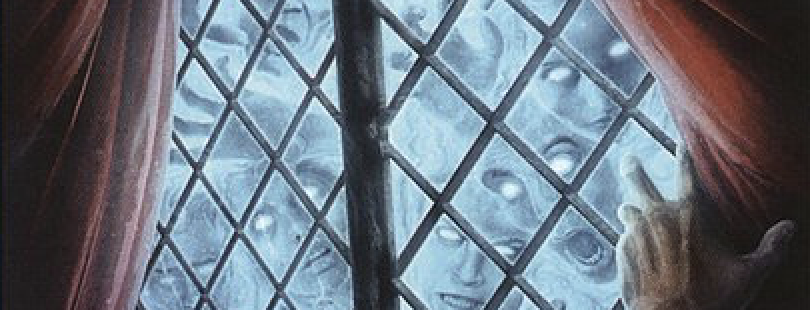
(Call to the Kindred | Art by Jason A. Engle)
Fumbling in the Dark
Greetings, everyone, and welcome back to Grapple With the Past, a series in which we look back at the set pages for old releases to discuss the cards that made it and the cards that fell into obscurity in EDH. Once a set releases, Commander players write and read reviews, test out the new cards, and incorporate winners into their EDH repertoire. But with the constant stream of new products, it’s easy for cards to slip through the cracks. I’ve found that by exploring set pages on EDHREC, I frequently stumble upon cards that could easily find a spot in one of my decks. In this series we look for irregularities in the data, try to identify sleeper cards from formats past, and discuss the legacy of particular sets in Commander. This week, I tried to use the data to find the least played release on EDHREC of the last ten years.
Before we start, I want to touch on how I came to Dark Ascension as the least-played release of the last ten years. There are several challenges when trying to compare releases by popularity. First, how should the popularity of commanders be weighed against the popularity of cards in the 99? Next, how do you compare the popularity of gold cards, mono-colored cards, and colorless cards? Villainous Wealth, for example, sees play in 14% of all possible decks, while Fellwar Stone sees play in 16%, even though Fellwar Stone in roughly 70,000 decks compared to Villainous Wealth’s 9,000. Further, how do you compare largely multi-colored sets with artifact-centered sets, such as Khans of Tarkir and Scars of Mirrodin? What about dual lands? Dual lands are almost always some of the most highly-played cards of their set, biasing towards sets with a dual land cycle. Finally, what do you do with a set with a high discrepancy of card popularity within the set, itself. Shadows over Innistrad, for example, contains Anguished Unmaking, which sees play in nearly 33,000 decks, and the next most popular card from the set is The Gitrog Monster, which is registered in just over 10,000 decks. Should Shadows over Innistrad be considered more popular because it contains one wildly-popular card?
Luckily for me, some of these issues only matter when comparing releases that are roughly similar in popularity. By every metric available to me, there were four sets that were far-and-away the least popular of the last ten years: Dark Ascension, Born of the Gods, Journey into Nyx, and Eldritch Moon. This group of releases reveals another potential bias in the data: set size. Three of these are from the now-extinct species of "small set", those with less than 200 cards. Of these options, Dark Ascension has no commanders with over 300 decks, only eleven nonland cards that see play in 3% or more of eligible decks, and only two nonland cards that see play in over 10,000 decks. I’m not great with numbers, so feel free to explain a better way to handle the data in the comments. For now, let’s dig into Dark Ascension.
The Commander Class
There are only two commanders in this release, and neither of them are particularly appealing options for leading a deck. Neither of them suggest a unique direction, at least.
To be fair, I actually think that Mikaeus, the Unhallowed has some untapped potential. This general is famous as one half of a combo with Triskelion, but at the helm of a deck, I bet you could build a decently fun aristocrat deck and forego Triskelion entirely. It can quickly become another combo deck, however, with Persist creatures and a free sacrifice outlet, such as Phyrexian Altar. I’m not particularly compelled to build this deck, but it could be fun.
The same can’t be said of Thalia, Guardian of Thraben. Yes, she could be a decent hate-bear tribal general, but I don’t know anybody who would have fun playing with or against that deck.
The Top 10
I will say, the top 10 is a bit thin. Even the cards that are objectively very popular aren't cards that I would consider among the most powerful in the format. They're not bad cards, by any means, but there is no slam dunk card here.
Obviously, the big news here is Faithless Looting. It's good, even if it isn't as good in EDH as in other formats. Mystic Retrieval is a strange card to see at number two: this is inefficient card selection. Even in decks that treat the graveyard as a second library, this can't be that powerful. It seems like the 94th card in an Izzet Flashback deck. Mikaeus makes it here off the back of his combo. Havengul Lich is a card that I was infatuated with when I first started playing Commander. It is the prototypical fun, splashy card that's just too slow for competitive formats.
The back half of the top ten actually makes a lot of sense to me. I really like Tragic Slip, especially in metas with a lot of Gods and Darksteel Plates running around. Sorin, Lord of Innistrad is one of my favorite planeswalkers outside of superfriends decks: making one or two emblems in an aggressive deck can be backbreaking over the course of a long game. And, of course, Gravecrawler is one of the better recursive creatures in the format. All in all, aside from the Vampire lord, these are cards that I've played and enjoyed. Not as bad as I expected, Dark Ascension.
Think Twice
I expected this set to be boring to sift through when I first came to it. There are plenty of older sets from the before times that were designed for other constructed formats that are therefore uneventful to EDH players. This is partially true of Dark Ascension. One of the central mechanics of the set, Fateful Hour, only provides above-average value when you have 5 or fewer life points. Obviously, this style of card has a high barrier to entry in our format. I was pleasantly surprised, though, when I found a decent number of interesting cards that aren’t highly played.
As it turns out, two of my favorite Curses are here. Both of these cards are extremely mean and tend to make enemies, so it's best to tread carefully with them. As mono-white players likely already know, breaking the symmetry of Rule of Law can be a very powerful strategy for controlling the table. Curse of Exhaustion is an easy alternative to Rule of Law that can check the player in the pod that is already ahead. I like this card in Pillow Fort decks and would consider it for commanders such as Pramikon, Sky Rampart. I’ve played Curse of Bloodletting in a few decks and I’ve been impressed with its performance. Not only is it a decent, asymmetrical damage-doubler, it also incentivizes other players to damage the opponent of your choice. This card is great, especially in group slug decks.
There are also a few cards here that are broadly applicable across the format and are fairly efficient for their roles. For example Undying Evil is one of my pet cards. In black, this is one of the best ways to protect a high-value creature. This is especially good in decks with commanders that need to attack to fulfill the deck’s purpose, such as Greven, Predator Captain. There isn’t much to be said about Dawntreader Elk. Like Diligent Farmhand, it's a bad Sakura-Tribe Elder. That being said, Steve is in the upper tier of cards in the format; there’s plenty of room for a card to be good without being as good as Steve. I really like Dawntreader Elk in decks that create a card advantage package around Beast Whisperer, Guardian Project, and The Great Henge. Finally, Feed the Pack can be shockingly powerful in the rare aristocrat deck that includes green, such as Izoni, Thousand-Eyed, but it can even be good in green decks that just want to fill the board in order to Alpha Strike.
Finally, there are two bizarre cards from this set that piqued my interest. I’ve never played either of these cards, but I’m going to try to find a home for them. Moonveil Dragon seems like an awesome card for go-wide red decks. It seems like it could be a decent finisher in the right home. It seems best with Purphoros, Bronze-Blooded, or decks that already play Sneak Attack. Lost in the Woods, on the other hand, is just bizarre. If I ever build a Sasaya, Orochi Ascendant deck, I’ll give it a try.
Next Up
What did you think? Was this an interesting experiment? Would you want to see the other least-played sets that I came across, like Born of the Gods and Journey into Nyx? Or, alternatively, would you want to see the most popular set? This article was an experiment and I genuinely want to hear your thoughts. Also, please do let me know if you come up with different metrics or results.
Remember to EDHREC responsibly: always dig a little beyond the statistics. I’ll see you all on down the road.
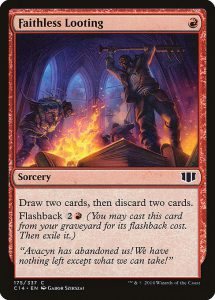
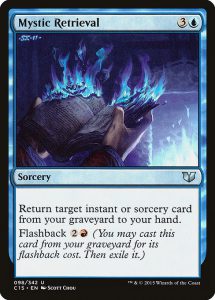
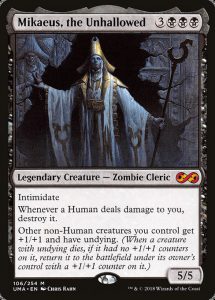
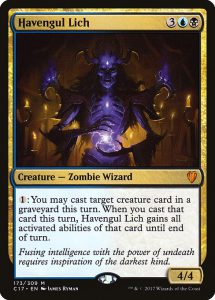
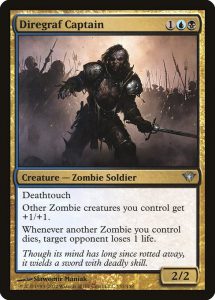
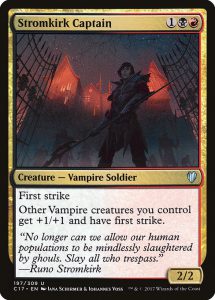
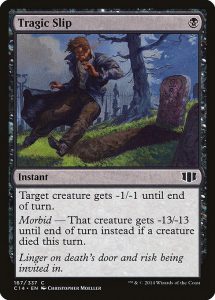
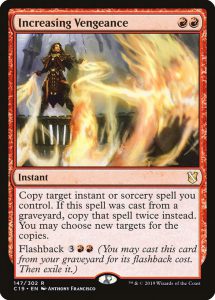

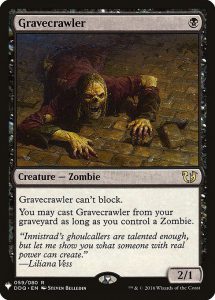
EDHREC Code of Conduct